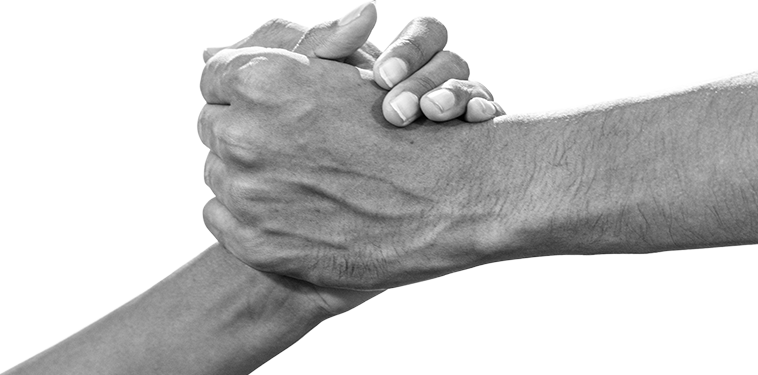Getting to Know About Disability Pride Month

Written by: Thrishala Gunathunga
Photo by Freepik
Celebrated in July, Disability Pride Month is a time committed to recognising the diversity of people with disabilities. This year’s theme, chosen by The Arc’s National Council of Self-Advocates, is “We Want a Life Like Yours”. It focuses on “the disability community’s dreams for life experiences that are too often denied”.
What is the History Behind Disability Pride Month?
Disability Pride Month highlights the anniversary of the Americans with Disabilities Act (ADA), passed into law on July 26, 1990, and provides equal privileges and rights for people with disabilities.
Accordingly, this law “prohibits discrimination against individuals with disabilities in many areas of public life, including jobs, schools, transportation, and many public and private places that are open to the general public”.
However, it took many years to create a disability pride flag – the original was created in 2019 by Ann Magill, who has cerebral palsy. This flag has a black backdrop with diagonal stripes in five colours: red, gold, white, blue, and green as shown below.
- The black backdrop symbolises mourning the lives of people with disabilities lost to violence and discrimination.
- The diagonal direction of the stripes symbolises overcoming social obstacles and paving the way for a more inclusive world.
The meaning of each coloured stripe is given below.
- Red represents physical disabilities, such as fatigue and chronic pain, loss of limbs, and impaired mobility.
- Gold represents intellectual and cognitive disabilities such as attention-deficit/hyperactivity disorder (ADHD), autism, and dyslexia.
- White represents invisible and undetected disabilities.
- Blue represents mental illnesses such as depression, anxiety, and post-traumatic stress disorder (PTSD).
- Green represents sensory perception disabilities such as vision and hearing impairments.
Note:
The original version of the disability pride flag, which had a zig-zag shape, was redesigned by Magill in 2021 with softer colours and smoother angles. This is because it causes a flicker effect when scrolling on electronic devices, potentially triggering seizures, migraines, and so forth. The warm and cool colours were separated by a white stripe, along with the red and green stripes as well, to accommodate those with colour blindness.
How to Support and Celebrate Disability Pride Month?
1. Participate in Disability Pride parades.
Participate in local Disability Pride parades or think about organising one in the area where you live. These types of events are great for developing belongingness and raising awareness of disabilities, particularly in Sri Lanka, where individuals face continuous stigma and marginalisation.
2. Organise workshops and seminars on disabilities.
You can also organise workshops and seminars on disability rights, accessibility, and inclusive practices, inviting speakers who are professionals in their fields. This can also help parents, teachers, and others better support children and adults with disabilities, as many lack the necessary understanding.
3. Support businesses owned by people with disabilities.
You can also support businesses owned by people with disabilities such as rug making, handmade crafts, jewellery, pottery, and artwork. Some people also sell plants, homemade food, and baked goods. So, make sure to buy them if you can, and help promote these businesses on social media to raise awareness in the area you live in.
4. Share inclusive content on disabilities.
Use your social media platforms to post stories, articles, and videos about the accomplishments and problems that people with disabilities experience. You can also post updates about art exhibitions and concerts featuring people with disabilities. To reach a larger audience, use hashtags like #DisabilityPrideMonth, #DisabilityPride, #DisabilityAwareness, #InclusionMatters, and #Accessibility, particularly on Instagram.
5. Volunteer for organisations that support people with disabilities.
If you enjoy volunteering, you can contribute your time and skills to an organisation that helps people with disabilities. Some organisations you can check out in Sri Lanka are the MJF Charitable Foundation, Enable Lanka Foundation, and Prithipura Communities.
6. Advocate for accessibility for people with disabilities.
You can also advocate for accessibility to better meet the needs of people with disabilities in public places, workplaces, and online environments. For example, you can check whether ramps, wide doorways, and accessible restrooms for them are available in public places. If not, get involved in activities such as signing petitions, and engaging in related campaigns.
Concluding thoughts…
Many people do not have a good understanding of the types of disabilities or the abilities of people with disabilities. However, to better support the disability community, it is important to reflect and learn more about the ongoing problems that they face daily.
So, starting now, let us work to establish a more inclusive society in which people with disabilities are recognised, respected, and given equal opportunities to achieve their goals alongside everyone else.
